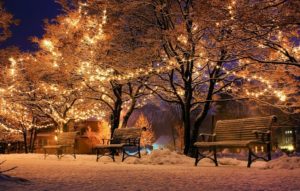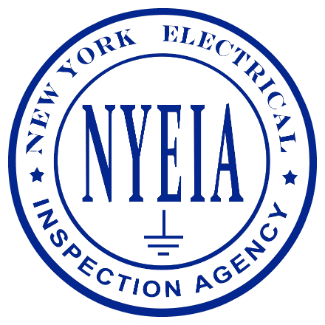
Requirements for Temporary Holiday Lights
The 2017 National Electrical Code (NEC) does regulate temporary Christmas / Holiday lights. The intent is to provide the practical safeguarding of people and property from hazards arising from the use of electricity and the safe use of Holiday lights.
All temporary Holiday lights must be listed with an organization that is accepted by the authority having jurisdiction for the evaluation of the equipment’s design standards (410.160 & 590.5). There are several testing agencies out there such as the Underwriters Laboratory (UL) that lists products.
All extension cords used for Holiday lights must be listed and identified for hard usage or extra-hard usage (590.4(B)). Cords with the “PD” type label are not permitted to be used (Table 400.4).
All receptacle outlets that are not part of the permanent wiring of the building (ie: extension cords) must be GFCI protected. Cords and devices incorporating listed GFCI protection that are listed for portable use are permitted. (590.6(A)(1)).
Flexible cords and cables for temporary Holiday lights must be protected from accidental damage. Sharp corners and projections must be avoided. Where passing through doorways or other pinch points, protection must be provided to avoid damage (590.4(H)). All cords and cables must be supported in place so that they are protected from physical damage (590.4(J)).
If temporary Holiday lighting and cords are installed on vegetation, they shall be installed with the proper strain relief devices, tension take-up devices, or other approved means to avoid damage from the movement of the live vegetation. For temporary Holiday lights and cables, live trees can be used for support of overhead spans of cables. (590.4(J) Exception)
All temporary wiring must be removed at the end of the temporary period or project, which for temporary Holiday lights, is a maximum of ninety (90) days. (590.3(B))
Sources:
1) 2017 National Electrical Code
